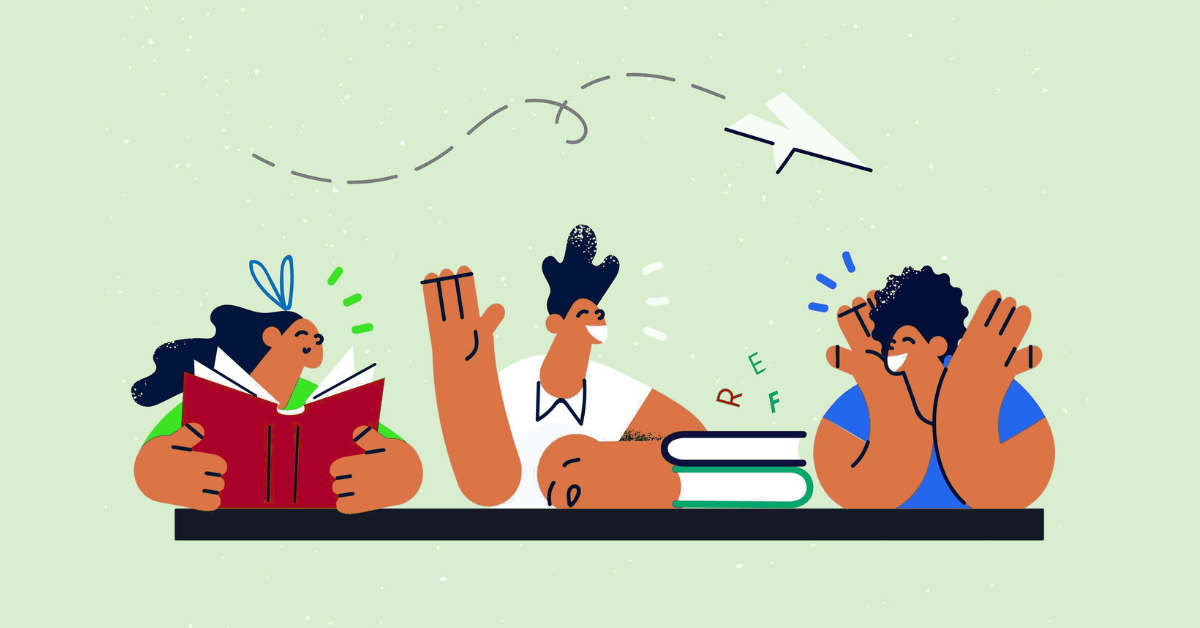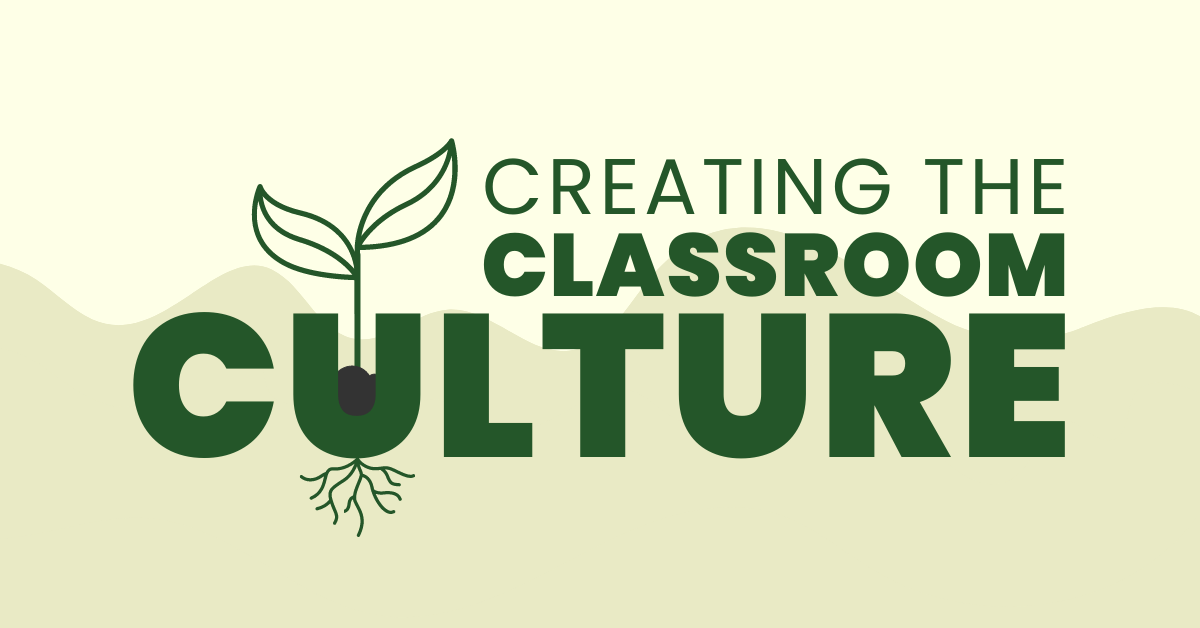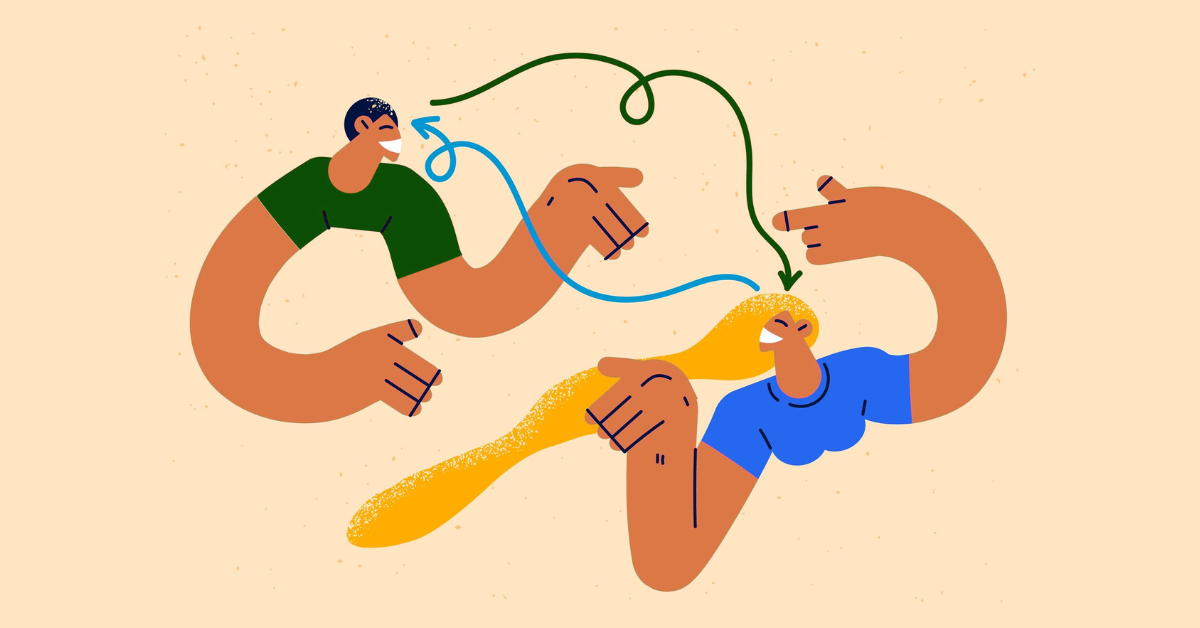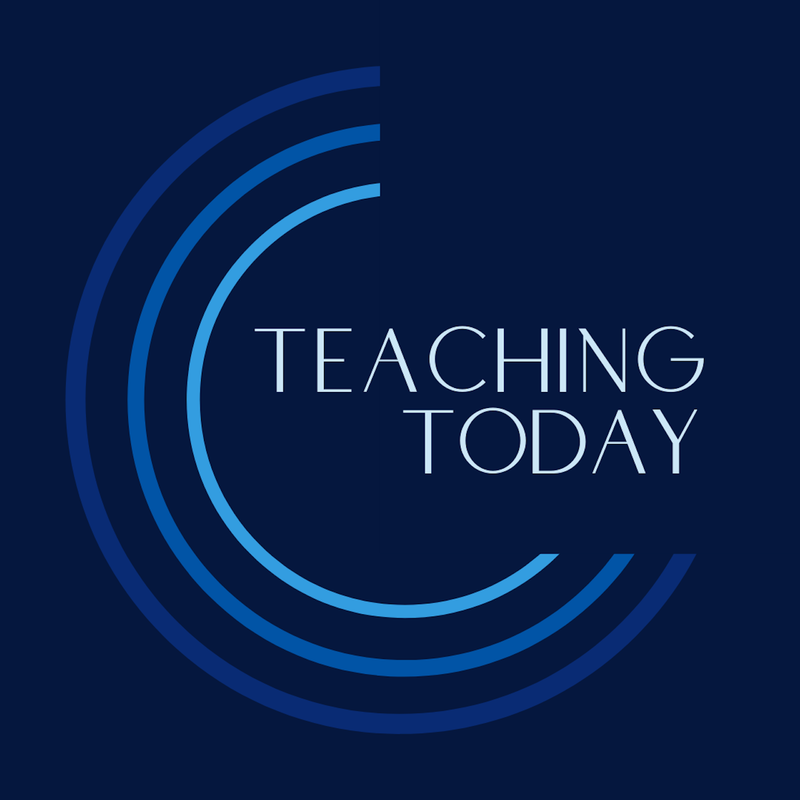|
Create clear and consistent procedures that communicate classroom expectations to students.
The list of a typical teacher’s responsibilities is long — in addition to curricular work, lesson planning and implementation, monitoring and assessing students’ learning, offering feedback to students, parent communication, and so much more, teachers are also responsible for making sure that all aspects of learning and the classroom are organized and safe. The work can feel endless.
It is a hefty responsibility to plan for and implement procedures for all transitions or movements in and out and around the classroom. However, once you have developed and implemented some simple, clear, and consistent procedures, the work can feel less daunting and move more smoothly!
Locating routines
The initial notion of the Three Rs — Reading, (w)Riting and ‘Rithmetic — as the foundation of learning and education is clearly too narrow, especially as we move more firmly into the 21st century. Instead, reinterpreting the Three Rs as Routines, Rituals, and Relationships makes more sense as guiding principles for today’s classrooms. First, let’s take a closer look at how routines, rituals, and relationships help us make key decisions as we cultivate our classrooms. Rituals are different from systems and procedures, because their main goal is to create and sustain community and support an inclusive culture where all students feel welcome, safe and appreciated. Rituals may be instilled as you start up the year, and they will also develop authentically as you get to know your students. Relationships include the development of connections between teacher and student, and also amongst students and their families. This includes developing and maintaining relationships with students, restoring relationships when conflicts or tensions arise, and sustaining positive communication. Routines are often where we begin, as they are a crucial starting point to creating the classroom culture. They may be defined as systems for managing the complexities of a classroom space and any procedures for making the class run smoothly. I like to think of classroom management not as managing students, but rather as managing the space, whether it is digital, hybrid, or in person.
Setting up the space
Before we establish classroom routines, we need to set up the physical space and make choices about how best to use it. The way we set up our classrooms creates not only organized and smooth classroom operations, but lays the groundwork for a welcoming environment for all our students. Many factors determine the set up of the classroom, including how much space is actually available! Remember to be flexible and adapt your classroom setup — including your students’ seating — based on how your students work best together, your instructional goals, and your students’ evolving needs. Considerations & examples
Shaping seating charts
Just as important as how the basics of your classroom space will function is where your students will sit. Some of us may be ambivalent about using seating charts, as they might conjure up old-fashioned, controlling images of classrooms and teaching. Some teachers, on the other hand, swear by a seating chart in their classrooms. I encourage all teachers to start with a seating chart, even if it is simply alphabetical, so that you can get to know your students and also observe their interactions and dynamics. Then, after you’ve gotten to know the class better, you can make adjustments as needed. These adjustments can stem from observations about student behavior, but also from your instructional goals, as mentioned above. Ashlynn Wittchow reminds us to “let the space work with you, not against you,” and she encourages teachers to let students know that the seating and layout will change over time. Imagine Schools also offers some inspired ways to maximize classroom space while remaining flexible and student-centered. Considerations & examples
Shifting to routines
During my time as a teacher, I learned pretty quickly that not only setting up routines, but discussing and practicing them with my students, was key to making them meaningful for my classroom. Once my space was set up, I needed to consider how students would enter and exit the classroom, how we would handle the distribution or collection of materials, and even how students would re-enter class after being absent. Each of these pieces have an influence on students’ understanding of the roles and expectations within a classroom, which in turn, can impact their learning experience. Below are some typical categories for classroom routines, as well as some factors to consider as you make decisions, and examples of what these routines can look like in practice. Entering the classroom
Starting class
Distributing & collecting materials
Engaging in digital learning
Evaluating additional procedures
Ideally, we establish classroom routines at the beginning of the year, during a period in which both we and our students are engaging in a fresh start. However, it is never too late to re-evaluate or re-establish routines with your students, if you discover gaps in classroom management or that your students have outgrown existing structures.
|
|
The Center for Professional Education of Teachers (CPET) at Teachers College, Columbia University is committed to making excellent and equitable education accessible worldwide. CPET unites theory and practice to promote transformational change. We design innovative projects, cultivate sustainable partnerships, and conduct research through direct and online services to youth and educators. Grounded in adult learning theories, our six core principles structure our customized approach and expand the capacities of educators around the world.
|
ABOUT US
525 West 120th Street, Box 182 New York, NY 10027 416 Zankel Ph: (212) 678-3161 [email protected] Our Team Career Opportunities |
RESOURCES
Professional Articles Ready-to-Use Resources Teaching Today Podcast Upcoming PD Opportunities |
COACHING SERVICES
Custom Coaching Global Learning Alliance Literacy Unbound New Teacher Network Student Press Initiative |


























